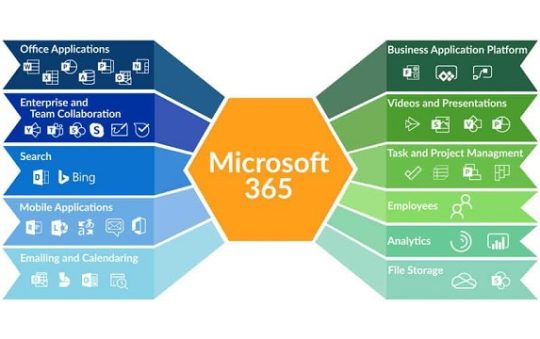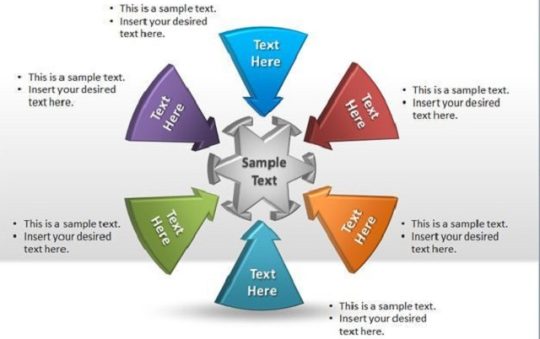Building Chatbots with Microsoft Azure Bot Service:
Have you ever wondered how chatbots are created? These virtual assistants, powered by artificial intelligence, are becoming increasingly popular in today’s digital world. They can be found on websites, messaging platforms, and even voice-enabled devices like smart speakers. Chatbots have the ability to answer questions, provide recommendations, and engage users in conversation. If you’re interested in building your own chatbot, you’re in luck! Microsoft Azure Bot Service provides a user-friendly platform to develop and deploy chatbots. In this article, we will guide you through the process of building chatbots with Microsoft Azure Bot Service.
Azure Bot Service Guide: Getting Started
To begin our journey of building chatbots, let’s first understand what Microsoft Azure Bot Service is all about. Azure Bot Service is a cloud-based platform that allows developers to build, deploy, and manage intelligent bots. It provides a comprehensive set of tools and services to create chatbots that can interact with users via natural language processing and machine learning algorithms.
Exploring the Features of Azure Bot Service:
Azure Bot Service comes with a wide range of features that make building chatbots a breeze. Let’s take a closer look at some of these features:
1. Bot Builder SDK: This software development kit (SDK) provides a powerful framework for building conversational bots. It offers a rich set of libraries, tools, and samples to design and implement chatbot functionalities.
2. Language Understanding Intelligent Service (LUIS): LUIS is a natural language processing (NLP) service that enables chatbots to understand and interpret user input. It uses machine learning models to extract intents and entities from text, allowing the bot to provide accurate responses.
3. Bot Framework Composer: This visual authoring tool simplifies the process of bot development. With a drag-and-drop interface, developers can create conversational flows, define dialogues, and manage bot responses without writing complex code.
4. Integration with Azure Cognitive Services: Azure Bot Service seamlessly integrates with various Azure Cognitive Services, such as Text Analytics, Speech Recognition, and Translation. These services enhance the capabilities of chatbots by enabling them to perform tasks like sentiment analysis and language translation.
5. Channel Integration: Azure Bot Service supports integration with popular channels like Microsoft Teams, Facebook Messenger, and Slack. This allows chatbots to reach users on their preferred platforms and engage in conversations seamlessly.
Creating a Simple Chatbot Using Azure Bot Service:
Now that we have explored the features of Azure Bot Service, let’s dive into building a simple chatbot. In this example, we will create a weather bot that provides weather forecasts based on user input.
Step 1: Set up Azure Bot Service
To get started, you will need an Azure account. If you don’t have one, you can sign up for a free trial. Once you have an account, you can create a new Azure Bot Service instance by following the instructions provided in the documentation.
Step 2: Design the Conversational Flow
Before writing any code, it’s essential to design the conversational flow of your chatbot. Think about how users will interact with the bot and what responses it should provide. In our weather bot example, we can start with a simple dialogue:
User: “What’s the weather like today?”
Bot: “Sure! Please provide me with your location.”
Step 3: Implement the Bot Logic
Now it’s time to implement the bot logic. Azure Bot Service supports various programming languages, including C#, JavaScript, and Python. Choose the language you’re comfortable with and start writing your bot’s code.
In our weather bot example, we can use C# and the Bot Builder SDK. The bot code will consist of two main components: the bot itself and the dialogues.
First, we need to create a new C# project and add the necessary dependencies. We can then define the bot class, which will inherit from the Bot class provided by the Bot Builder SDK. This class will handle incoming messages and trigger the respective dialogues.
Next, we define the dialogues. In our case, we need a dialogue for asking the user’s location and another for providing the weather forecast. We can use the prompt dialogue provided by the Bot Builder SDK to ask for the user’s location.
Step 4: Test and Deploy Your Chatbot
Once you have implemented the bot logic, it’s time to test your chatbot. Azure Bot Service provides a test panel where you can interact with your bot and validate its responses. Make sure to test various scenarios and handle any potential errors or exceptions.
Once you are satisfied with your chatbot’s performance, you can deploy it to the desired channels. Azure Bot Service makes it easy to publish your chatbot to channels like Microsoft Teams, Facebook Messenger, or a custom website.
Conclusion:
Azure Bot Service Guide, we have explored the process of building chatbots with Microsoft Azure Bot Service. We started by understanding what Azure Bot Service is and its various features. We then walked through the steps of creating a simple chatbot using Azure Bot Service, covering topics like setting up Azure Bot Service, designing the conversational flow, implementing the bot logic, and testing and deploying the chatbot.
With the power of Azure Bot Service, you can now unleash your creativity and build chatbots that can delight users with their conversational abilities. Whether you want to enhance customer support, automate repetitive tasks, or engage users in meaningful conversations, Azure Bot Service has got you covered. So go ahead, give it a try, and start building your own chatbot today!. For more visit Techy Robo.


